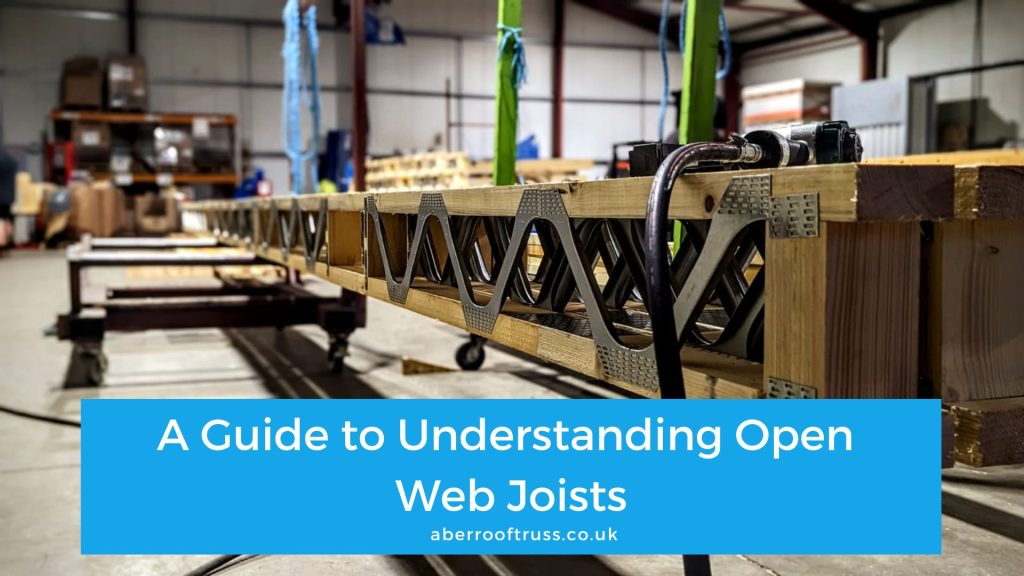
Open web joists, also known as engineered wood joists or wooden I-joists, are a popular choice in modern construction due to their versatility and structural benefits. In this guide, we will explore the fundamental aspects of open web joists, their advantages, and considerations for their implementation.
What are Open Web Joists?
Open web joists are engineered wood products designed to provide structural support for floors and roofs. They consist of an upper and lower chord, connected by a series of web members, creating a truss-like configuration. These joists are typically manufactured using a combination of solid lumber or wood-based panel products, such as oriented strand board (OSB) or plywood.
Benefits of Open Web Joists:
- Versatility: Open web joists can be custom-designed to accommodate different spans, loads, and architectural requirements, making them suitable for a wide range of applications.
- Reduced material waste: Their engineered design allows for efficient use of materials, reducing waste and promoting sustainability.
- Increased design flexibility: Open web joists can accommodate HVAC, plumbing, and electrical systems, as they have open spaces between the web members, making installation easier compared to solid lumber.
- Longer spans: These joists offer greater span capabilities compared to traditional solid wood joists, minimising the need for intermediate support beams or columns.
- Consistent performance: The manufacturing process ensures consistent quality and performance, minimising the risk of defects such as warping, splitting, or shrinking.
Considerations for Implementation:
- Design and Engineering: Proper design and engineering are essential to ensure that open web joists meet the specific requirements of the project. Engaging a structural engineer or a licensed professional is highly recommended to ensure structural integrity.
- Installation: It’s crucial to follow the manufacturer’s installation guidelines to maintain the intended structural performance of the joists. This includes proper fastening, bracing, and support during installation.
- Moisture Control: Open web joists, like any other wood product, are susceptible to moisture-related issues. Adequate moisture management, including proper ventilation and protection during construction, is necessary to prevent warping, rot, or mold growth.
- Fire Resistance: Open web joists may require additional fireproofing measures, depending on local building codes. Fire-resistant coatings or the use of gypsum board or fire-rated spray foam insulation can enhance their fire resistance.
Conclusion
Open web joists offer numerous advantages over traditional solid wood joists, including versatility, efficiency, and longer spans. By understanding their benefits and considering important implementation factors, such as proper design, installation, moisture control, and fire resistance, builders and designers can maximise the performance and longevity of open web joist systems. When used correctly, open web joists contribute to more efficient and durable roof truss structures, meeting the demands of modern construction projects.
At Aber Roof Truss, we supply metal web joists (open web joists), the superior alternative to traditional solid timber and TJI joists offering unrivalled performance.
If you would like to find out more about our metal joists, please contact our team today.

